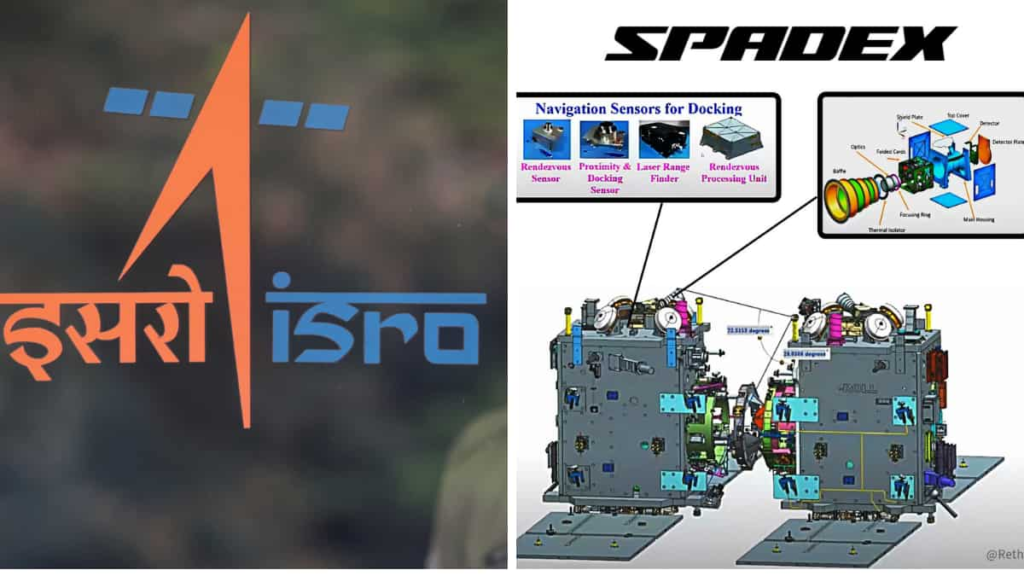
ISRO gears up for ‘Space handshake’ SPADEX; private firm delivers two satellites
The Indian Space agency has taken possession of two 400kg satellites that are part of a crucial upcoming mission known as SPADEX – Space Docking Experiment. As part of this mission, these two satellites will be hurled into slightly different orbits by a single rocket.
Eventually, the satellites that are travelling at around 28,000kmph will precisely align themselves in a manner where they can perform a ‘space handshake’ and dock(mechanically attach themselves) to form a single orbiting entity. This experiment gains significance as docking is a major enabler of future missions such as Chandrayaan-4 and Bharatiya Antariksh Space Station(the proposed Indian Space Station).
Ananth Technologies Private Limited (ATL), completed the integration of two 400kg satellites for the Indian Space Research Organisation (ISRO) and handed them over at ISRO’s UR Rao Satellite Centre(URSC), Bengaluru, the facility meant for designing and developing satellites.
ISRO always builds their satellites at the URSC, but this is the first time that ISRO is getting their satellites completely assembled, integrated and tested by the Indian private industry at a private facility. This shift is enabled by the space sector reforms that grant greater opportunities to the Indian private sector.
Breaking News! #ISRO gets the 2x400kg satellites for the high-profile SPADEX mission, which will perform docking (a precise handshake between two satellites in #space) the crucial #tech for Chadrayaan-4, Space Stn
Pvt firm Ananth Technologies did the AIT & delivered to URSC pic.twitter.com/tnoEVgHCyn
— Sidharth.M.P (@sdhrthmp) October 18, 2024
“We have been manufacturing electronic subsystems for ISRO since 2000 and have been an integral part of every Indian space mission over the last two decades,” said Dr. Subba Rao Pavuluri, Chairman, of ATL. The assembly, integration and testing of the satellites were done at our Bengaluru facility in a record three months, the ISRO scientist-turned-entrepreneur told WION.
SPADEX is a mission that is meant to demonstrate autonomous rendezvous and docking, the ability of two spacecraft to function as one unit, manoeuvre itself etc. Docking is a fundamental requirement for building and maintaining a space station.
Every time astronauts are launched to the space station, their capsule has to precisely dock with the space station, following which the crew and cargo can enter the space station.
SPADEX is crucial to India’s ambitions as India looks to assemble an Indian space station from 2028 onwards.
By scaling up the technologies demonstrated in SPADEX, it will be possible to robotically assemble the modules(large components) of the space station. India’s Chandrayaan-4 mission to return Lunar samples will also involve autonomous docking while circling the moon.
Given that the satellites have been delivered to the URSC, they would soon be trucked to the Indian Spaceport at Sriharikota, from where they could be further tested, fuelled, and launched in the coming months.





Responses